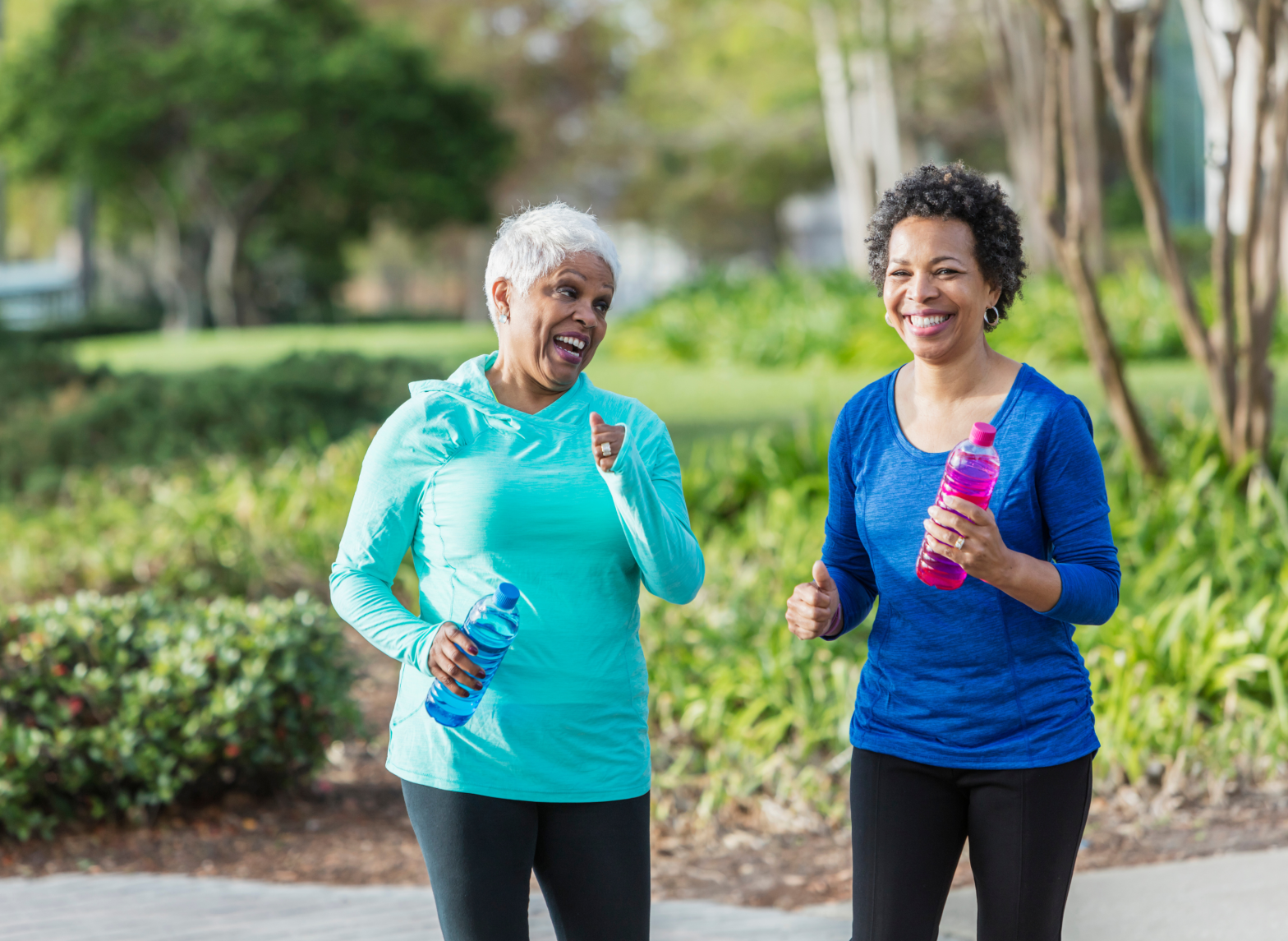The secret to a sharper mind and better conversations might be as simple as hitting the gym. A new study reveals a link between exercise and language skills, suggesting that regular physical activity can keep your words flowing freely.
Engaging in conversations is vital for maintaining friendships and mental well-being, particularly as we age. Language difficulties, such as trouble finding words or understanding complex sentences, are often early cognitive symptoms of Alzheimer’s disease, leading to isolation. Can physical activity help?
This article explores the groundbreaking research demonstrating that committing to three weekly workouts can significantly improve language processing in older adults. Discover how enhancing physical fitness offers a promising path to maintaining good communication skills and cognitive longevity. We’ll delve into the specifics of the study, its findings, and practical tips for incorporating physical activity into your daily routine to boost your language abilities.
Loss of Language Skills Leads to Isolation
Scientists have already shown how exercise improves brain activity related to attention, memory, and executive functioning, but the impact on language has been less understood. The loss of language skills can have serious negative consequences.
A study published in the Journal of Communication Disorders found that among 742 adults aged 65 and older, communication difficulties significantly predicted smaller social networks, less social participation, fewer positive social exchanges, and increased loneliness. This highlights the importance of maintaining language processing skills as we age.
The Exercise and Language Processing Study
In the new study, English-speaking adults (average age 64) and English and Norwegian-speaking adults (average age 67) participated in an exercise program, while a control group maintained their usual physical activity levels over a 26-week period.
The exercise group followed a six-month high-intensity interval training (HIIT) program designed to improve cardiorespiratory fitness in older adults. These thrice-weekly sessions lasted 40–60 minutes. The first session involved circuit training, and the other two included cardio interval training, such as uphill walking, jogging, or running.
Cardiorespiratory fitness was measured using VO2 peak, the maximum amount of oxygen used during intense physical exertion, and a key indicator of cardiovascular fitness and aerobic endurance.
Language processing ability was assessed through tests where participants identified keywords in spoken sentences and reacted by pushing a buzzer. Reaction time was measured, with faster times indicating quicker language processing.
Exercise Increases Language Processing Speed
The study demonstrated a 7% improvement in language processing speed in the exercise group compared to their pre-intervention performance. The English-speaking group also showed a statistically significant improvement in VO2 peak, increasing by 1.54 mL/kg/min.
In contrast, the control group showed no improvement in language comprehension tests, and their VO2 peak exhibited a slight downward trend.
Interestingly, bilinguals in the exercise group showed greater improvements in VO2 peak than monolinguals, but these gains did not translate to better language processing skills, highlighting the complexities of language processing for multilingual individuals.
How Exercise Transforms the Brain
The study’s findings can be attributed to the various structural and chemical changes exercise induces in the brain.
A review in Frontiers of Aging Neuroscience found a consistent positive relationship between cardiorespiratory fitness and brain volume. MRIs of those who exercised revealed larger brain mass in areas involved in cognitive functions, including language processing. Another investigation found that a higher VO2 max in older adults was associated with a thicker cortex after exercise.
Exercise also alters brain chemistry. Studies show that during exercise, muscles release irisin, a hormone that crosses the blood-brain barrier and stimulates the production of brain-derived neurotrophic factor, a protein crucial for neurogenesis and plasticity, both essential for learning, memory, and language processing.
Practical Tips to Increase Physical Activity
The 7% improvement in word recognition speed demonstrates a clear benefit of increased physical fitness on language processing in older adults. To maintain strong language skills, incorporate more physical activity into your life.
Walk or cycle to work, use the stairs, and take walks during lunch breaks. Do lunges and squats during breaks or while watching TV. Consider brisk hill walks or jogs after work. Aim for 40 minutes or more, three times a week, or spread it out across more days. Joining a fitness group or class can also keep you motivated.
As Dr. Sagaert noted, “The exercise regime that participants followed was not complicated or demanding, and we saw that many were able to complete the program by making simple adjustments to their daily routine.”
Conclusion: Stay Active, Stay Sharp
This study provides compelling evidence that physical activity is not only beneficial for physical health but also plays a crucial role in maintaining and improving language processing skills, particularly in older adults. The findings highlight the importance of incorporating regular exercise into daily routines to enhance cognitive function and overall well-being.
Key takeaways include the significant 7% improvement in language processing speed among the exercise group and the association between increased VO2 peak and better cognitive performance. By understanding the brain changes induced by exercise, we can appreciate the profound impact of physical activity on cognitive longevity.
In conclusion, to boost your odds of maintaining strong language skills, prioritize physical activity. Whether it’s a brisk walk, a cycling session, or a HIIT workout, find enjoyable ways to stay active and keep your mind sharp. The simple act of moving your body can have a profound impact on your ability to communicate and connect with the world around you.
